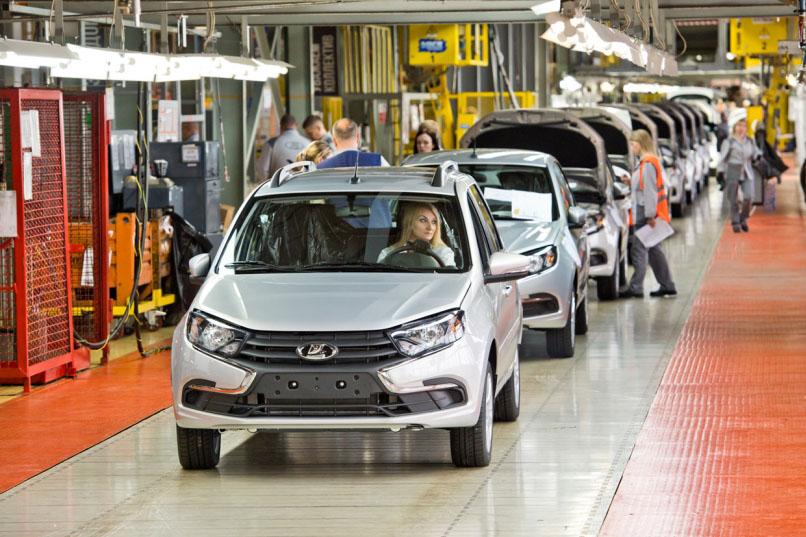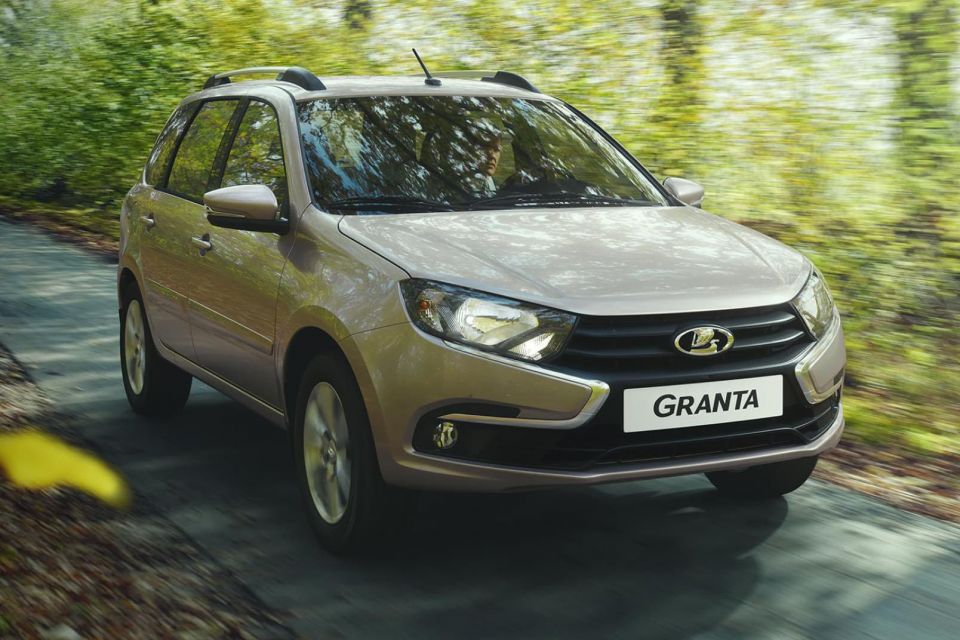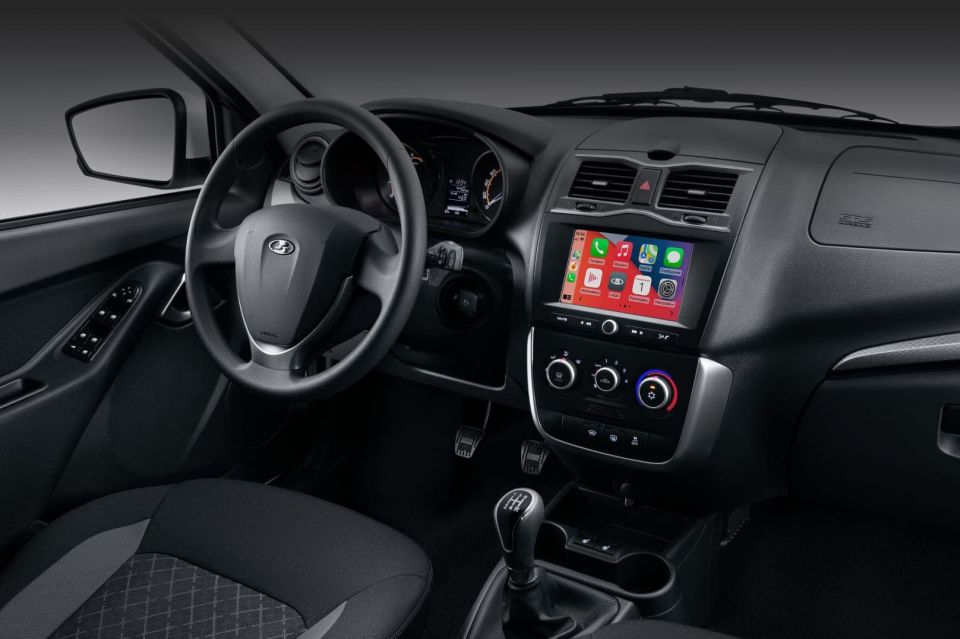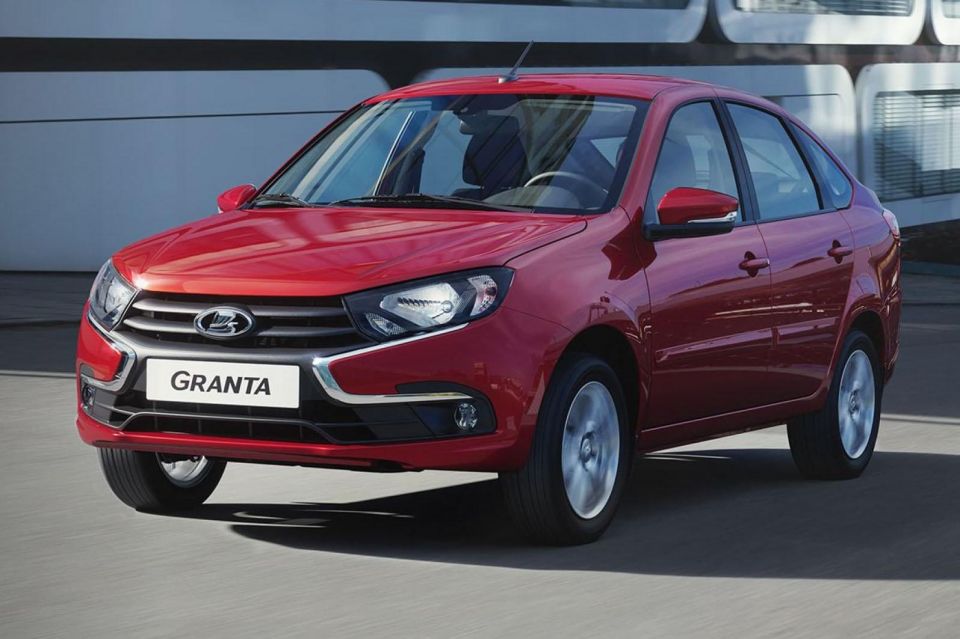

Damion Smy
Nissan Juke EV will use Leaf platform, due in 2026 - report
13 Hours Ago
Lada is back under full Russian control, but economic sanctions mean production is starting with cars missing many modern amenities.

Journalist


Journalist
With Russia hit by sanctions over its invasion of Ukraine, and multinational firms pulling out of the country, Lada is going back to the future with its production plans.
At the end of last week the automaker announced it had resumed car production with a special version of its Granta sedan, hatch and wagon models.
Known as the Classic ’22, this model comes with electric power steering, daytime running lights, central locking, an “on-board computer”, ISOFIX mounting points, and 14-inch steel wheels with plastic covers.
Four speakers are wired up, but there’s no head unit attached. Buyers will need to procure one of these themselves.

The Classic ’22 is powered by a naturally-aspirated 1.6-litre petrol engine making 66kW of power and 143Nm of torque, and is hooked up to the front wheels via a five-speed manual transmission.
Before the war the Granta was available with slightly more powerful 72kW and 78kW versions of the 1.6-litre engine, as well as a four-speed automatic.
There’s no mention of ABS, brake assist, passenger-side airbag, air-conditioning, and keyless entry which were all standard on the pre-war Classic trim.

Conspicuous by their absence are the formerly available 7.0-inch touchscreen infotainment system with Android Auto and Apple CarPlay support, as well as the Lada Connect app that lets drivers remotely locate their car and control the doors, boot and lights.
They’ve presumably been deleted in order so the Granta can be produced without — or, at least, with a minimum — of foreign-sourced components, primarily advanced microprocessors.
To partially make up for this, the Classic ’22 has a few extra standard features over the old Classic, including colour-coded door strips, power front windows, and a heater.
The only option on the Granta for now are 15-inch alloy wheels. No pricing has yet been announced for the Classic ’22, but the old Classic model was sold for 761,500 roubles ($16,400).
Launched in 2011, the Granta actually traces its roots back to the Kalina, which went into production in 2004.

Until the middle of May Renault held a 67.69 per cent stake in AutoVAZ, Lada’s parent company. Due to pressure both inside and outside of Russia, Renault sold its facilities in the world’s largest nation for a symbolic rouble.
Renault’s share of AutoVAZ was given to NAMI, Russia’s Central Research and Development Automobile and Engine Institute (NAMI), while the French brand’s factory in Moscow was handed over local authorities, which may use these facilities to produce vehicles under the revived Moskvitch brand.
While many automakers have ceased operations in Russia, Renault had the most to lose from the retaliatory sanctions being on imposed on the nation and its elite for what Russia calls its “special military operation” in Ukraine.
Last year the company sold 385,000 Lada vehicles globally, representing 14.3 per cent of the Renault Group’s total volume. Combined, Lada and Renault controlled roughly 30 per cent of the Russian new car market in 2021.
It’s unknown how the divestment of Lada will affect the automaker’s Renaulation plan, which called for Dacia to move slightly upmarket and Lada to pick up the slack at the bottom end of the market.
Derek Fung would love to tell you about his multiple degrees, but he's too busy writing up some news right now. In his spare time Derek loves chasing automotive rabbits down the hole. Based in New York, New York, Derek loves to travel and is very much a window not an aisle person.


Damion Smy
13 Hours Ago


Damion Smy
16 Hours Ago


Damion Smy
19 Hours Ago


Damion Smy
21 Hours Ago


Damion Smy
21 Hours Ago


Damion Smy
22 Hours Ago